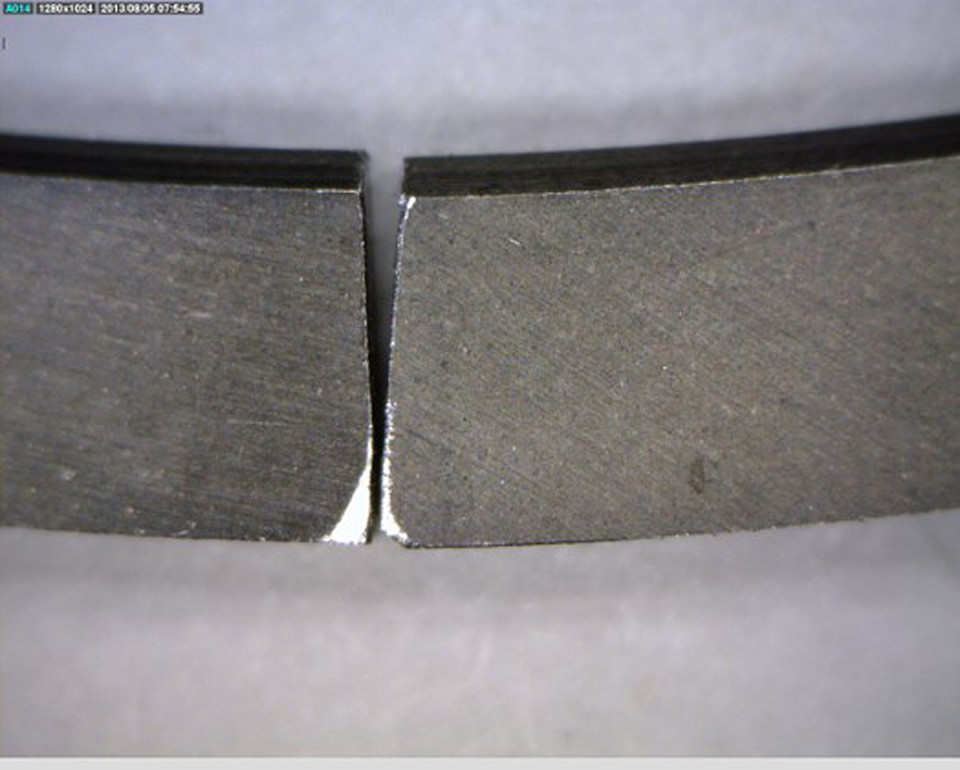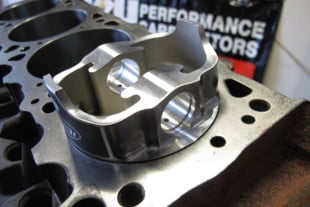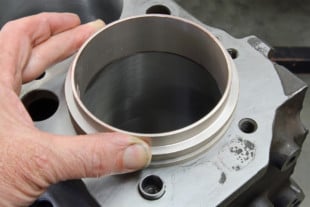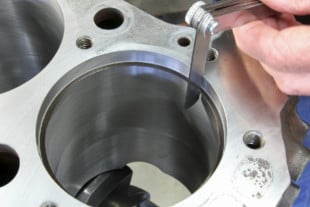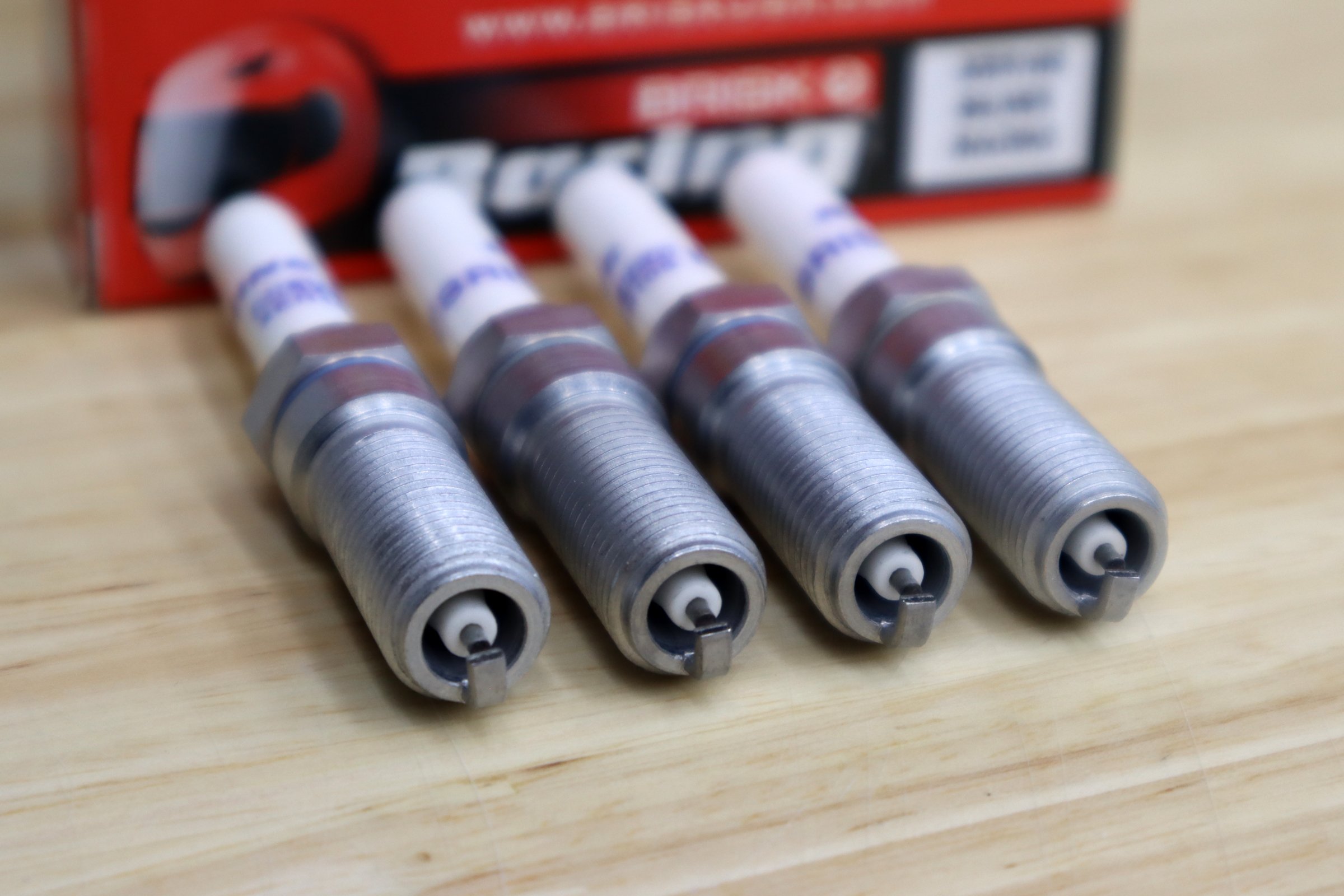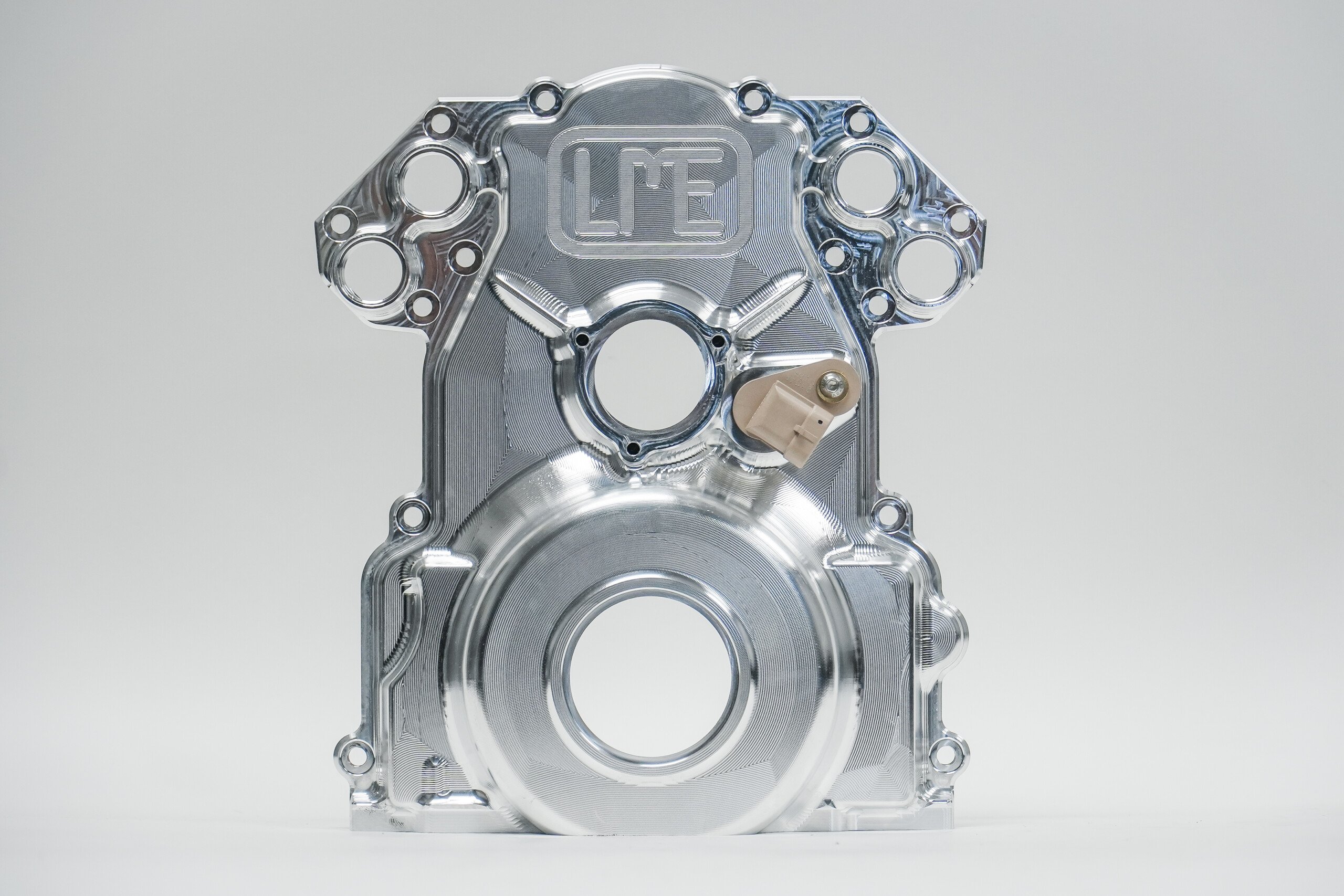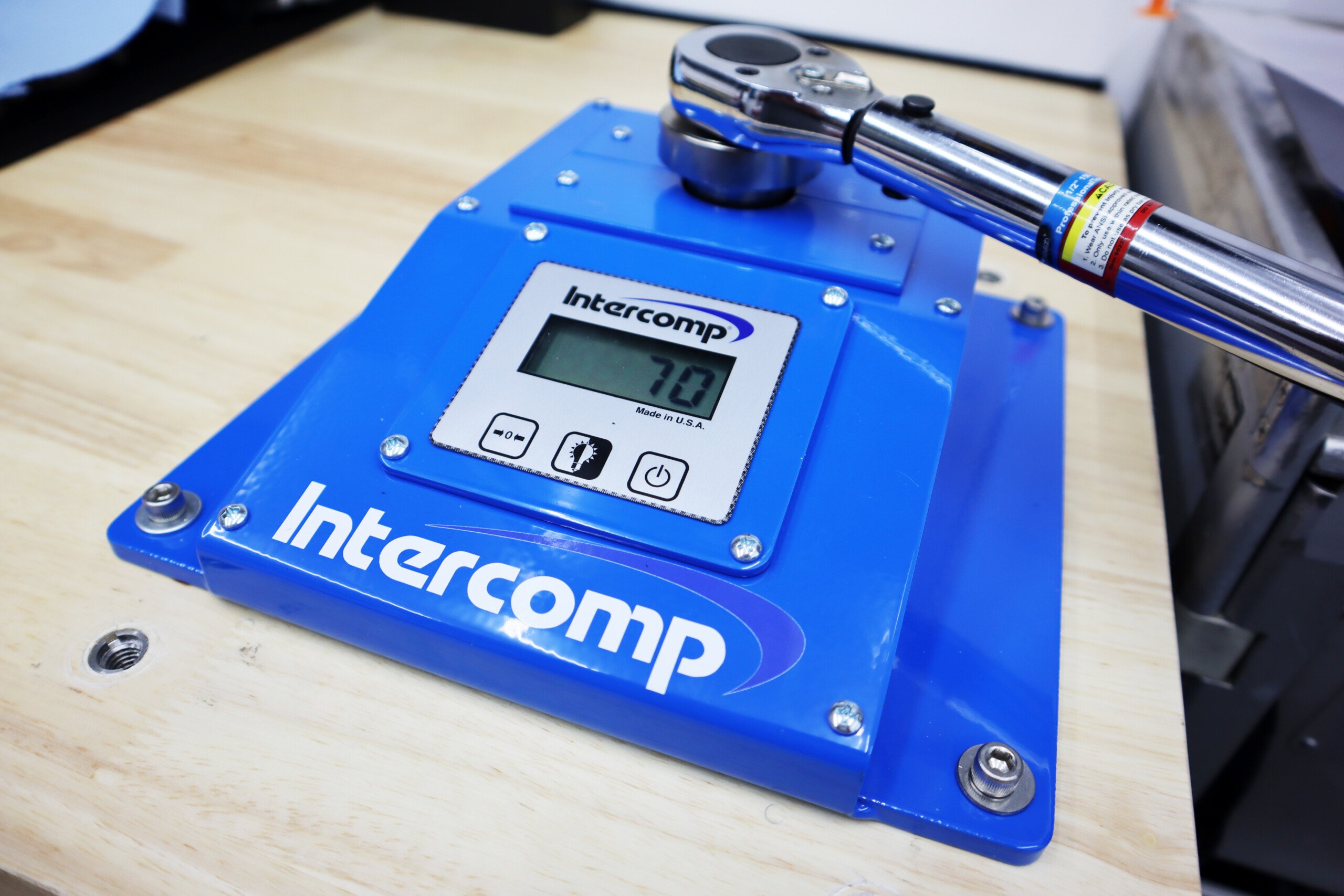Piston ring gaps are a small aspect of the internal combustion engine that is often overlooked. Many times, a set of piston rings come with the pistons we are going to use. The piston rings are then checked for proper gap clearance and then the engine is assembled. But do we ever stop and consider that this clearance plays an extreme role in how the engine will perform? Though engine builders understand the importance of piston ring gaps, there have been changes to the ring gap procedures that need to be addressed. Extensive testing, along with changes in piston ring material, has brought about changes in these necessary gaps. To get some solid information about piston ring gaps, we reached out to MAHLE Motorsport because, well, they know piston rings.
Manufacturers of piston rings will often specify ring gaps that are based on the performance use of the engine. This measurement comes from testing and resources that have been found to optimize engine performance based on the application. The optimum gap for the top piston ring should be as tight as possible without the two ends ever touching. During engine operation, the smallest gap would provide the best seal for combustion and have the least amount of blow-by. This will provide maximum performance and help reduce emissions.
Iron vs. Steel
At one time, the standard material for piston rings was ductile iron. More recently, compression ring material was upgraded from ductile iron to steel. The biggest change has been attention to the second compression ring gap. Manufacturers will often give specific details about the second compression ring gaps in the instructions.
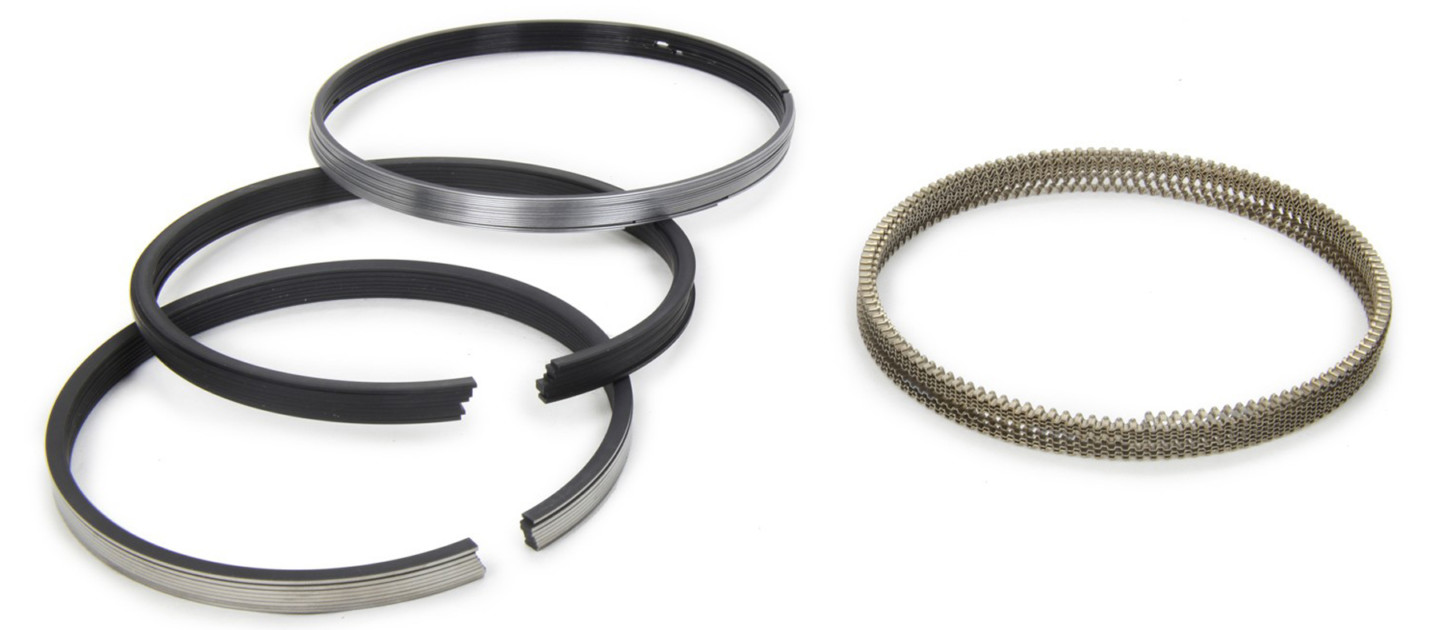
Piston rings come in different materials. For an OE-type application, ductile iron is a great material that will last a long time. If utilizing a power adder, you will want to consider something stronger, like stainless steel.
“The second ring-gap recommendations have continued to change over the years,” says Zach Jones of MAHLE Motorsport. “Current recommendations are such that the second ring gap is larger than the top rings for most applications. Testing has proven that a larger gap on the second ring increases the top ring’s stability. This allows for a better seal. This larger “escape” path prevents inter-ring pressure from building up and lifting the top ring off of the piston, allowing combustion to get by. Many engine builders have reported horsepower gains and less blow-by at the upper RPM ranges with the wider second ring gaps. Also, almost every new car made is using this inter-ring pressure reduction method to lower blow-by and emissions.”
When using steel compression rings, the second compression ring will require more gap than the top. The larger end gap in the second ring will provide more stability for the top ring. This helps the top ring seal better. Testing has shown that the larger escape path afforded by the second ring will keep combustion pressure from building up between the top and second ring. This will keep the top ring from lifting and not allow combustion to get by. This is known as inter-pressure reduction. Engine builders have reported lower blow-by and greater horsepower gains on the dyno by using wider second compression ring gaps. Almost every new car produced is practicing this method of inter-pressure reduction to lower blow-by, reduce emissions, and increase power.

When filing piston ring gaps, care must be taken to ensure the filed ends remain parallel when you are done. A “V” shaped gap will allow excessive blowby.
Steel rings do offer many advantages over ductile iron pieces. Steel can be smaller (in both axial and radial width) because they are less rigid. Being less rigid means they can better conform to the bore and overcome any minor bore distortion. Also, smaller rings are lighter which has a positive reduction of inertia. A reduction of inertia from the use of lighter piston rings allows the engine to operate at higher RPM with less ring flutter.
This improves seal as well as performance. But lighter piston rings are more affected by pressure between the compression rings and that is why the second ring gap is bigger. Because the thinner ring is more prone to flutter, the previously-mentioned “escape path” is more critical with thinner steel rings than it is with thicker iron rings.
Gap Chart Recommendations
| Application | Top ring | Second Ring | Oil ring |
| Street | Bore x 0.0045 | Bore x 0.0040 | Min .015 |
| Circle track, drag racing | Bore x 0.0050 | Bore x 0.0060 | Min .015 |
| Nitrous up to 200 hp | Bore x 0.0060 | Bore x 0.0050 | Min .015 |
| Nitrous over 200 hp | Bore x 0.0070 | Bore x 0.0070 | Min .015 |
| Forced induction -15lb | Bore x 0.0060 | Bore x 0.0050 | Min .015 |
| Forced induction 15lb | Bore x 0.0060 | Bore x 0.0055 | Min .015 |
Ring Gap Reasoning
One of the purposes of the ring gap is to allow expansion. As the engine is running, it heats up. Pistons, rings, and even the metal comprising the engine block expands and contracts. The gap is needed to ensure adequate clearance for this movement. Another function of the gap is to help control pressure. There will always be combustion pressure above the ring, but what needs to be considered is the pressure between the rings (inter-ring pressure). It is also important to consider what happens below the compression rings. How much pressure escapes by the oil rings into the crankcase? So, it’s an evolving strategy to manage these various pressures because it depends on the application and where the engine is going to operate. The engine’s operating parameters will determine the strategy for sealing, blow-by, and oil consumption.
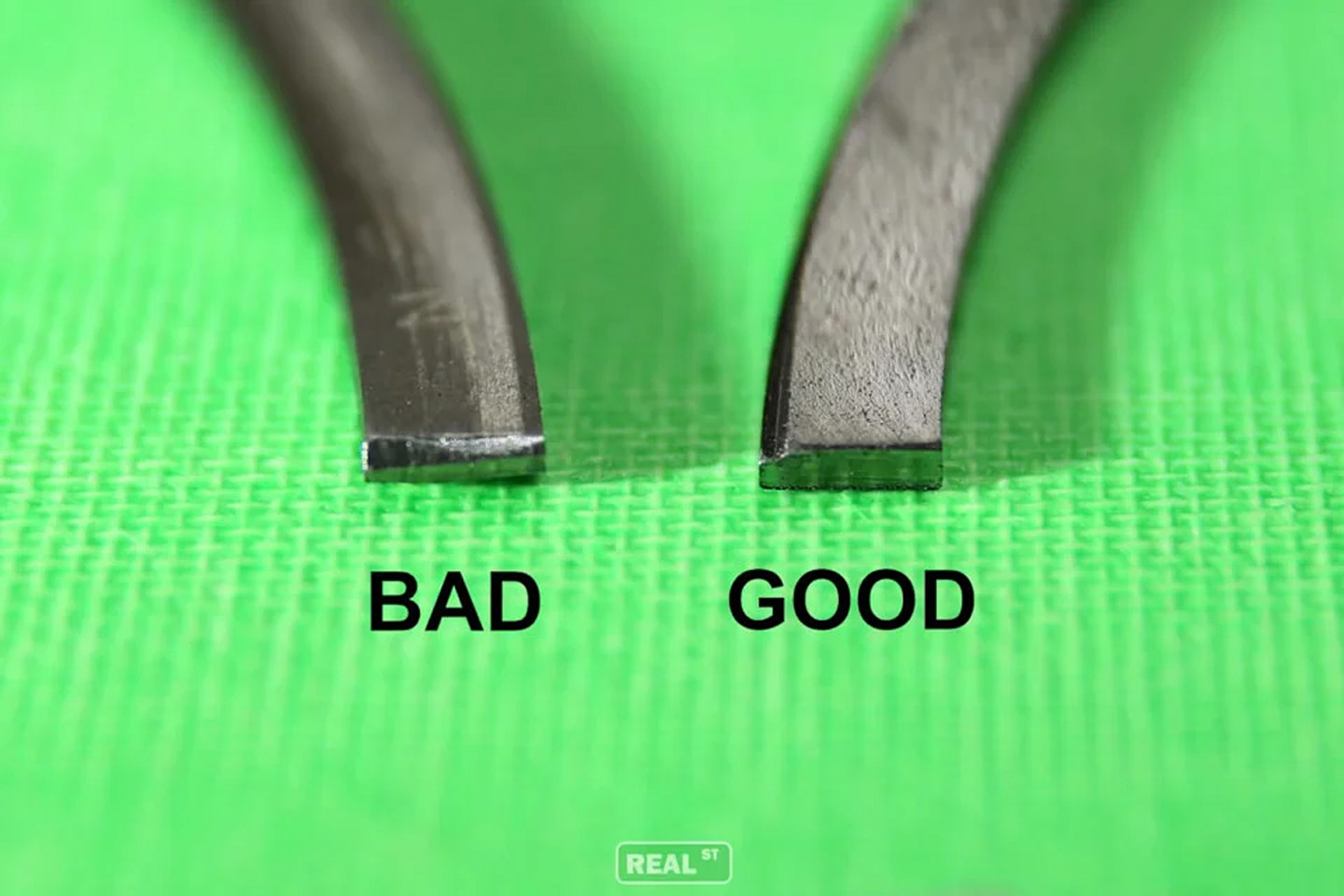
Once you have the ring gap adjusted, you need to make sure the filed edges do not have any burrs. Gently file the freshly ground edge, being sure to not file too much material. You only need to remove any burrs, not round the edge.
Manufacturers of piston rings will give general bore-size multipliers for setting piston ring gaps that are conservative and safe to prevent end gap butting. The previously shown gap chart recommendations give examples of bore size multipliers that are given for a set of steel piston rings.
If you are building an engine that is a one-off or building one to last a season the general multipliers will serve as a safe guide for reliable engine performance. But if you have an engine combination that requires frequent rebuilds, then the ring gaps may be refined according to your inspection during the teardown.
Grinding For Gaps
An important thing to note would be the proper way to grind the piston rings when trying to achieve the proper gap when using file-to-fit rings. Piston ring gaps must remain square when grinding. While this may seem simple to do, there are many techniques that are not correct. There have been several instances during teardown of an engine where the piston ring gaps were not square. When the piston ring is placed into the bore, it must be squared in the bore using a piston ring squaring tool. Then you will need to make sure that the feeler gauge you are using will be square to the cylinder wall when checking the gap. There have been many instances where the wrong technique has been used and the piston ring gap instead of being square becomes more like the shape of a V.
According to Eric Grilliot of MAHLE Motorsport, “File-to-fit rings are great, but there are a lot of ways to screw them up if the wrong technique is used. There are a couple of basics that we continue to see on parts returned for analysis. First, are the rings still square after filing? One direction gives you a false reading of the size of the gap if you don’t notice the feeler gauge isn’t flush with the cylinder wall (increased potential for butting). An angle in the opposite direction will “feel” right on the gauge, but you’ll have more gap exposed at the cylinder wall where it is most crucial (increased potential for blow-by).
Secondly, is the deburring of the rings after gapping. It’s quite easy to overdo and something that’s seen more frequently than expected across all levels of racing. What good does it do if you file to the “perfect” gap but then leave a gaping hole due to deburring”?
In order to check for proper ring gap, make sure that the piston ring is squared in the bore with either a piston or a piston ring squaring tool. If the ring is not properly squared, your gap can be filed incorrectly. Once the piston ring is squared in the bore, find a feeler gauge that will fit in the ring gap without trying to twist the ring.
Properly deburring the filed edge of the ring, once the proper gap is achieved, is a must. Often, people get too overzealous in trying to deburr the ring. This can lead to chamfer on the edges of the ring. For best results, look at the edges of the ring before you grind them. This will give you an idea of how the ring should appear when you finish. The way the piston ring is ground should mimic the way it was received out of the box. Piston ring-gap strategy and theory can be a great tool when practiced. However, it won’t be useful if you overlook the basics.
While the process of creating proper ring gaps is tedious, it is absolutely necessary if you’re looking for every last bit of power from an engine. Taking the time to get it right can mean the difference between a great engine and one that “blows” smoke.

